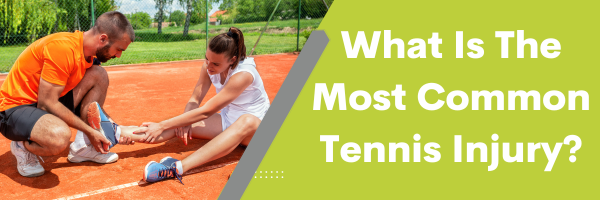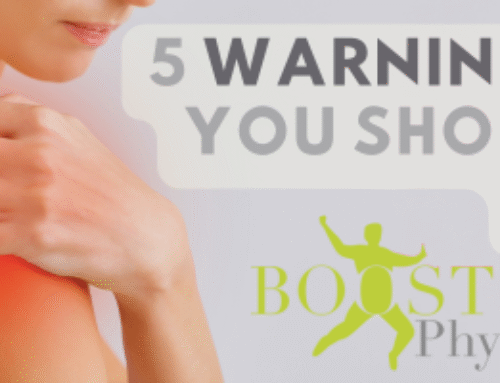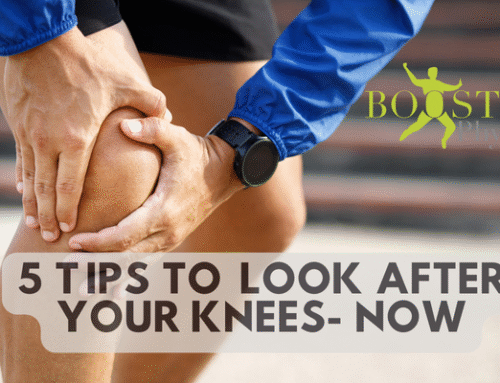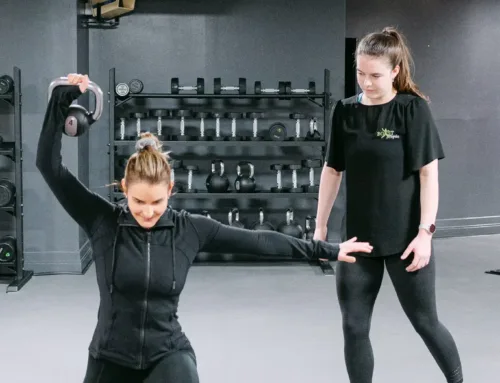The 2 Most Common Tennis Injuries and Their Treatments
Our BOOST PHYSIO team loves helping tennis players recover from injury and get back onto the tennis court. Each person that we see gets personalised, tailored treatment from their physio that specialises in helping people recover from muscle and joint injuries or pain. We have created this guide to 2 of the most common tennis related injuries. Most people are surprised to learn that ankle sprains are the most common tennis injury- in fact ankle sprains are the most common sports injury full stop!
Ankle Sprain: The Most Common Tennis Injury
Causes : Quick lateral movements, lunges, changes in direction, slippery surfaces, fatigue.Risk Factors :
Previous ankle injuries.
Weak or unstable ankles.
Poor balance and aging.
Inadequate warm-up or inappropriate footwear.
Symptoms : Swelling, pain, difficulty weight-bearing and bruising from ligament damage.Treatment :
Immediate use of PRICE (Protection, Rest, Ice, Compression, Elevation) for 48-72 hours.
Physiotherapy to reduce stiffness in the ankle, massage to reduce swelling and reduce pain.
Rehabilitation exercises to improve flexibility, balance, and strength.
Prevention :
Maintain physical fitness and proper training.
Use appropriate footwear and consider ankle support like an Aircast A60.
Warm up properly and ensure a safe playing surface.
Tennis Elbow: A Common Overuse Injury (A short video showing you how to self diagnose tennis elbow)
Causes : Repetitive arm movements, poor technique, improper equipment, or sudden increases in activity.Symptoms : Pain during gripping tasks, tenderness over the elbow, possible neck stiffness.Types :
Acute : Caused by muscle and tendon damage at the elbow.Chronic : Degenerative changes in the tendon with nerve and blood supply alterations.
Diagnosis : Physical examination, possible ultrasound or MRI.Treatment :
Physical therapy including massage, manual therapy, exercise therapy, and stretches.
Taping, bracing, ice, and ultrasound for pain relief.
Dry needling for trigger point release and tissue healing.
Prevention :
Ensure correct racket grip size and string tension.
Strengthen forearm muscles and improve technique.
Regularly consult a physical therapist for tailored advice.
General Recommendations
Proper warm-up and gradual increase in training intensity.
Wear suitable tennis shoes with good shock absorption and stability.
Engage in regular flexibility, balance, and strengthening exercises.
Ensure adequate recovery time between training sessions.
tennis-injury
This error message is only visible to WordPress admins
Error: No feed with the ID 2 found.
Please go to the Instagram Feed settings page to create a feed.










